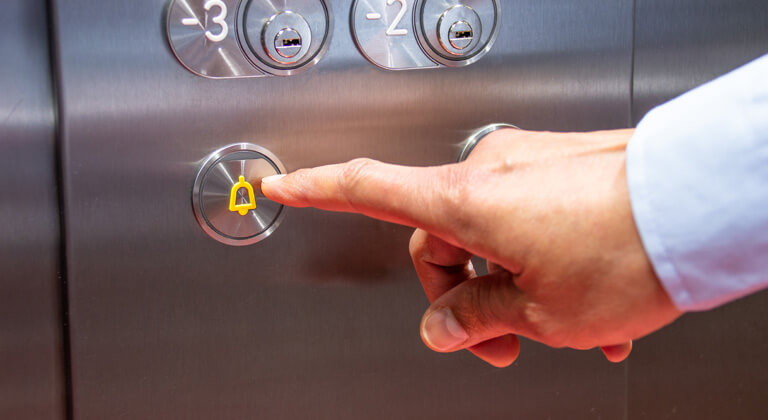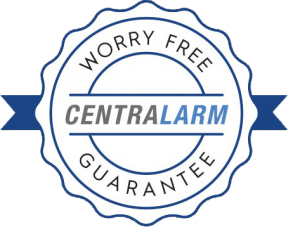Emergencies can happen in a split-second, even during short elevator rides. When there is an emergency in an elevator, whether it be a malfunction or a medical emergency, fast action is essential.
Ensuring the safety of your building’s occupants should be at the top of your priority list as a property manager or building owner. You can’t control everything that happens in your building, but you can enhance your communication and safety with two-way elevator video monitoring.
How Two-Way Elevator Video Monitoring Systems Work
In a traditional elevator surveillance system, there is an emergency button for passengers to press if they are in distress. Typically, the system will forward them to a 911 operator or an automated answering system. If the passenger becomes unresponsive, the operator may hang up.
This ineffective system prohibits passengers, especially those who are nonverbal or hard of hearing, from gaining the help they need. With a two-way video monitoring system, the passenger will instead receive an immediate response from a 24/7 operator who can see inside the elevator.
If the passenger doesn’t respond, operators have access to video surveillance systems. This visual will either prompt them to dispatch emergency services or confirm that there is no active emergency.
How Two-Way Video Monitoring Systems Improve Safety
Two-way video monitoring systems take elevator safety to the next level with improved security technology and response times.
Timely Response
Elevator video monitoring allows for a timely response even if the passenger cannot communicate with an operator. Instead of waiting for someone to find the passenger in the elevator, they can dispatch emergency services immediately. Even a minute can make a huge difference in an emergency.
Communication Enhancement
With a video monitoring system that offers two-way communication and video, operators can assess the issue quickly and calmly. If the passenger is responsive, having a visual helps the operator talk them through their next steps.
ASME Compliance
The American Society of Mechanical Engineers (ASME) publishes the safety code for elevators. All elevators in the United States must have accessible safety measures and emergency systems for passengers who are hard of hearing or nonverbal. This requirement is in accordance with the Americans with Disabilities Act (ADA). Your buildings’ occupants deserve to feel safe regardless of their abilities, and two-way video monitoring achieves this.
Evolving Technology Means Evolving Safety Measures
With innovative monitoring systems and elevator phones from manufacturers like K-tech and Wurtec, you can improve the safety of your building and its occupants.
WUR-COM is a multimedia communicator that uses audio, text, and touch-screen communication methods. In an elevator emergency, you want your passengers to have access to an efficient elevator phone and emergency system. The technology is available; all you need is to set it up and partner with a monitoring company with operators available 24/7.
Enhance Communication and Safety With ELEVATE Monitoring
ELEVATE Monitoring is your answer for increased elevator safety.
If you want to transform elevator safety in your building with a two-way elevator video monitoring system, contact ELEVATE Monitoring. We prioritize safety and quality service above all. 877-990-9191 to learn more.



